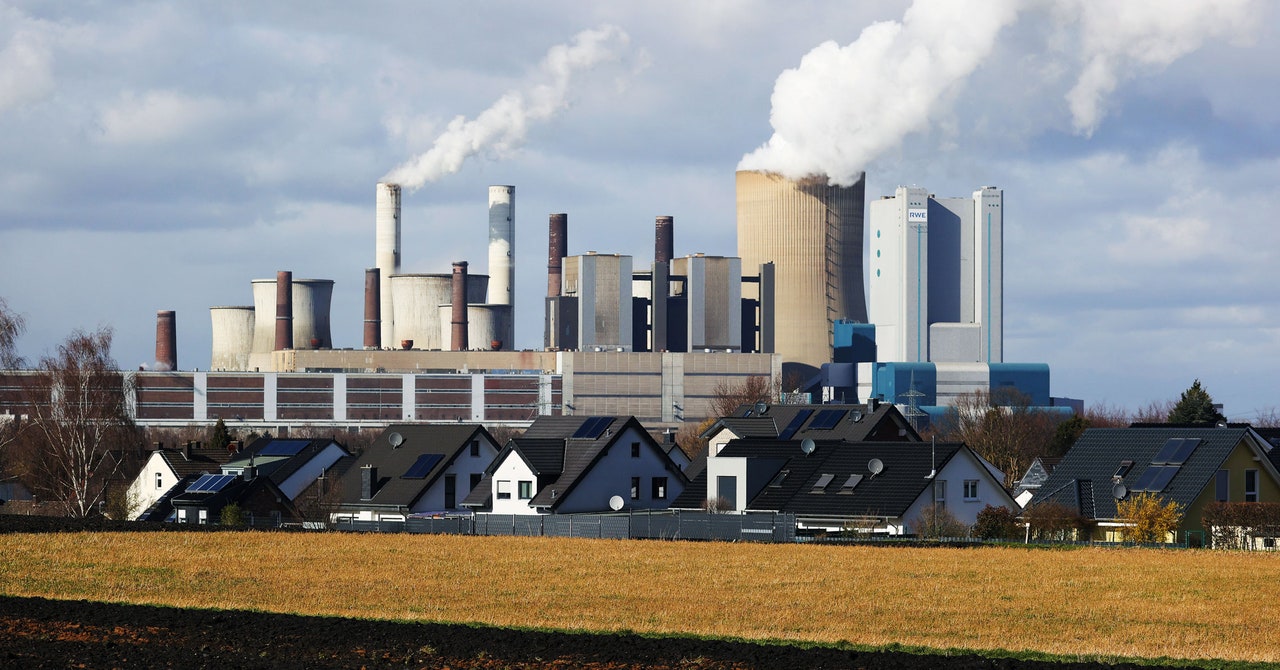
The world seems to be simultaneously on fire and flooding, and the latest expert report indicates that we’ve just about run out of time to avoid even more severe climate change. All of that should have us looking for ways to cut carbon emissions as quickly and economically as possible.
Some good news in that regard came via the recent release of a paper that looks at how much individual power plants contribute to global emissions. The study finds that many countries have facilities that emit carbon dioxide at rates well above either the national or global average. Shutting down the worst 5 percent of plants would immediately wipe out about 75 percent of the carbon emissions produced by electricity generation.
CARMA Revisited
It’s easy to think of power generation in simple terms, like “renewables good, coal bad.” To an extent, that statement is accurate. But it also compresses all power generation, from “somewhat bad” to “truly atrocious,” into a single category. And it’s clear from a variety of research that the situation is more complex. Depending on their vintage, different plants convert fossil fuels to power at varying degrees of efficiency. And some of the least efficient plants are only brought online during periods of very high demand; the rest of the time, they’re idle and produce no emissions at all.
The interactions among these factors determine whether a given power plant is a major contributor to emissions or simply part of a country’s background noise of carbon output. If we had a global inventory of emissions and production from every power plant, we could use that data to identify the worst offenders and make a target list for efficiently lowering our carbon output.
In fact, we did have one—emphasis on the past tense. Using data from 2009, someone had put together the Carbon Monitoring for Action database, or CARMA. Now, nearly a decade later, Don Grant, David Zelinka, and Stefania Mitova of the University of Colorado Boulder used 2018 data to build an update to CARMA, providing emissions data that is likely to be far more current.
The task was more difficult than it might seem. Some countries provide detailed emissions data on a per-plant level, so their data could simply be imported straight into CARMA. But many others do not. For those countries, the researchers relied on everything from production data obtained by the International Energy Agency to engineering specifications for individual plants.
When the researchers identified the largest sources of uncertainty in their data, they found that it mostly clustered in the smaller plants, which have the least impact on the overall emissions. For the large facilities that are likely to be major contributors, the data is usually very good.
The Worst of the Worst
It should surprise nobody that all the worst offenders are coal plants. But the distribution of the highest-polluting plants might include a bit of the unexpected. For example, despite its reputation as the home of coal, China has only a single plant in the top-10 worst offenders. In contrast, South Korea has three on the list, and India has two.
In general, China doesn’t have many plants that stand out as exceptionally bad, in part because so many of its plants were built around the same time, during a giant boom in industrialization. As such, there’s not much variance from plant to plant when it comes to efficiency. In contrast, countries like Germany, Indonesia, Russia, and the US all see a lot of variance, so they’re likely to have some highly inefficient plants that are outliers.
Put a different way, the authors looked at how much of a country’s pollution was produced by the worst 5 percent of its power plants, ranked by carbon emissions. In China, the worst 5 percent accounted for roughly a quarter of the country’s total emissions. In the US, the worst 5 percent of plants produced about 75 percent of the power sector’s carbon emissions. South Korea had similar numbers, while Australia, Germany, and Japan all saw their worst 5 percent of plants account for roughly 90 percent of the carbon emissions from their power sectors.


